It’s been 28 years since the world’s most infamous nuclear catastrophe. For much of that time, a photojournalist has been returning to the scene.
April 26th, 1986, 1:23am. A botched routine safety test at the Chernobyl Nuclear Power Plant in Ukraine results in a massive explosion and a fire that burns for 10 days. More than a quarter of a million people are evacuated from their homes as the radioactive fallout spreads over tens of thousands of square miles. It’s the world’s worst nuclear disaster to date.
Seven years later, German-born photographer Gerd Ludwig visits the site of the catastrophe on assignment for National Geographic. It’s the start of a 20-year long exploration into the disaster, its victims and its aftermath. His book, “The Long Shadow of Chernobyl,” comes out on May 12th, timed with a large exhibition at the Natural History Museum in Vienna. He spoke to R&K from his studio in California.

Roads & Kingdoms: You are one of the few outsiders who were able to observe the damage over such a long period of time. What changed there from your first visit to the most recent?
The zone keeps surprising me. One would think that in a hermetically sealed environment with such strict access, not much is going to change. But over the years, I’ve seen not only the little houses in the villages that are void of any life be overtaken by nature, but also the interiors get emptied out, mostly by scavengers. So in the first year, I would still see the remnants of life left behind in the villages and in the big town of Pripyat, which housed 50,000 people and was built for those who worked inside the reactor and their families. It was a wonderful, modern town by Soviet standards because the engineers and scientists were well-paid. Then life ceased in 1986.

R&K: That was already in 1993. What were these signs of life you saw?
The accident had happened seven years prior, but in those days the interiors of houses were fairly intact because people were told that they would only be evacuated for a short period of time. They were asked to take whatever they needed for the next few days, and told they would be able to return and collect everything. But they were not.
R&K: How was your last visit different?
What was significant in my most recent visit was that the first buildings in Pripyat have started to collapse. The school where I shot a mural has crumbled. At one point, when we climbed on top of apartment buildings, our guide pointed out another fallen building he had never seen before. So, slowly these houses that are not maintained anymore are falling apart. That is why we are coming out with the book now—the image of Chernobyl as we know it is going to disappear. A New Safe Confinement is under construction. It’s a high-tech dome that is going to cost an estimated two billion dollars. Within the next couple of years, it will slide over the reactor and cover up the known site. What is interesting though is that the multi-billion dollar structure will only seal radiation for the next 80-100 years and then we’ll need to come up with something else.
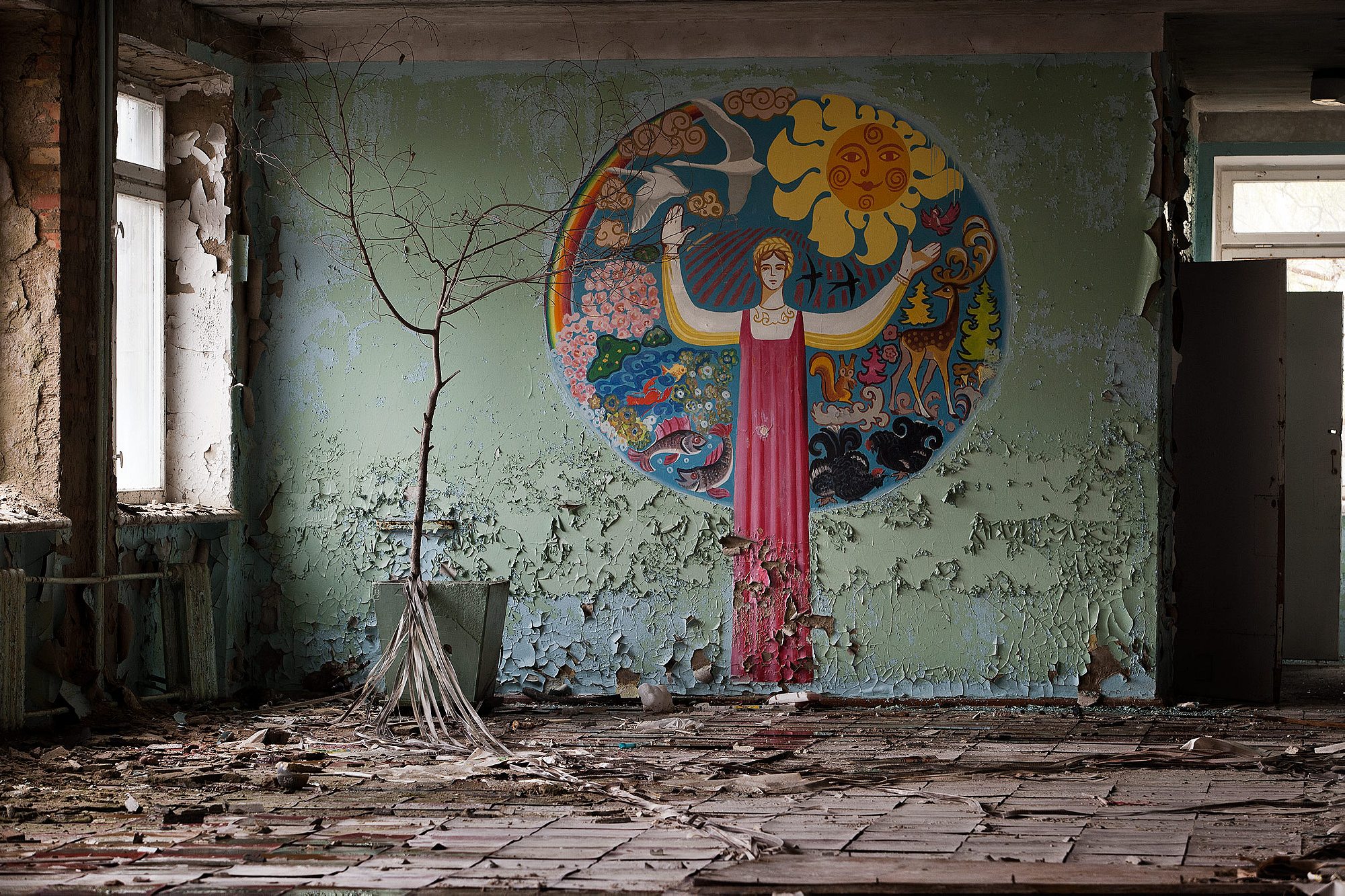
R&K: So Chernobyl isn’t a place stuck in time… There is actually a lot happening there.
Absolutely. In the early years after the accident, an estimated 800-900 evacuated people had returned. Initially, they were called illegal residents because they snuck in and lived in their villages despite the authorities discouraging them. But since they were mostly elderly, they allowed them to return and live out their lives on their own soil, even though it was contaminated.
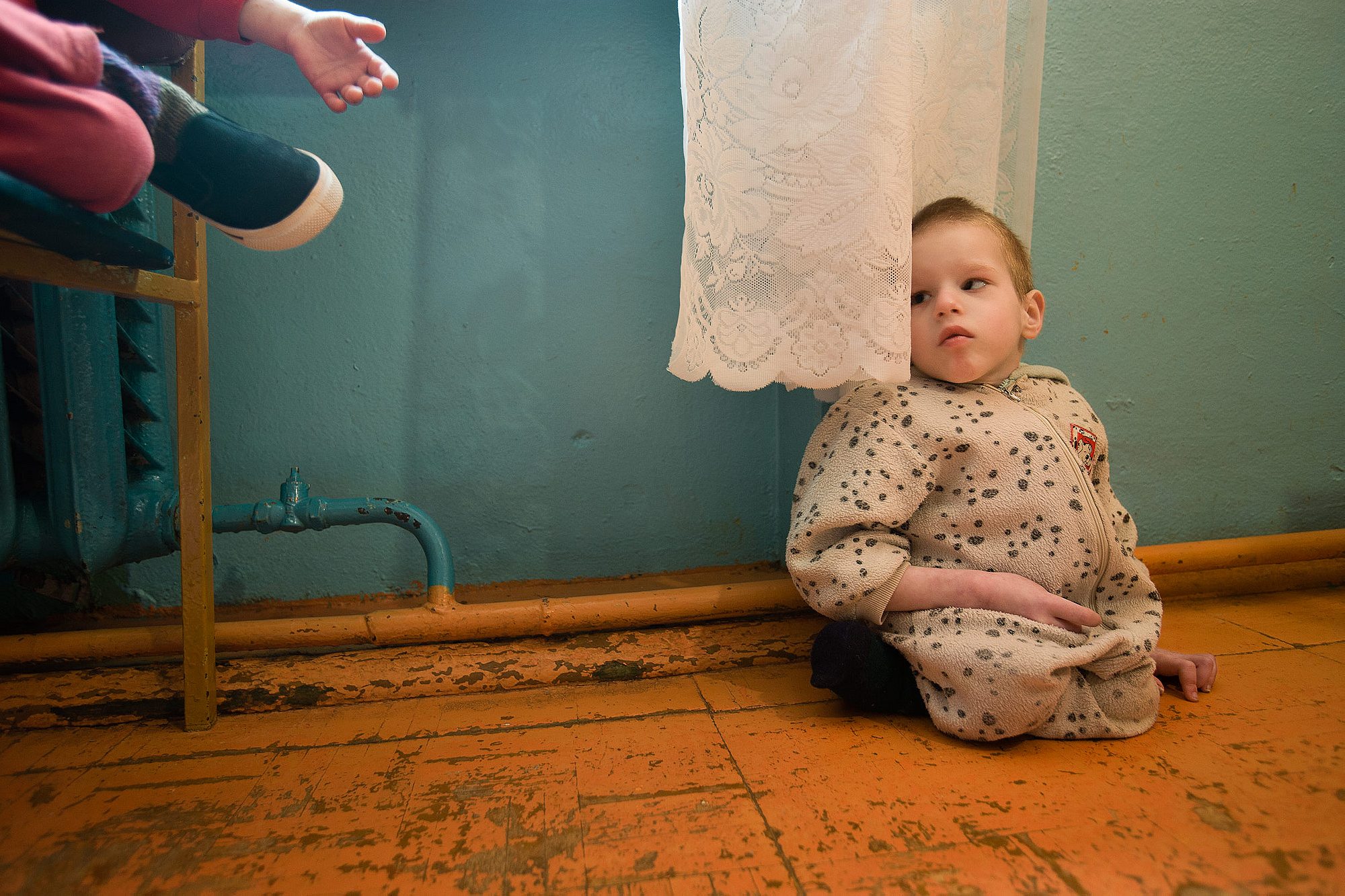
R&K: The first time you went, you were on assignment. Why keep going back?
In 2005, also on assignment for National Geographic, I visited the zone itself but also those areas were hit by major fallout, the Gomel region of Southern Belarus. And I saw the suffering that was really caused by the accident. It’s not only the health consequences. You have to imagine evacuees were relocated into anonymous city suburbs and their social network fell apart. When somebody got sick, they immediately worried it could be the result of contamination from Chernobyl, so depression was high, alcoholism as well. Plus, an estimated 800,000 workers from all over the Soviet Union were involved in the cleanup. So when I saw the full extent of the devastation, I realized that the accident was really a result of human hubris, of thinking that we can control any technology. I was able to return in 2011 with the help of a Kickstarter campaign, with the idea to say that the plight caused by the Chernobyl catastrophe continues. But the mainstream media were not interested in the story anymore. And while I was in the zone, photographing a liquidator, Fukushima happened. It showed the world that the Chernobyl accident was not, as many have thought, the result of Soviet ignorance and imperfection, and that an accident like Chernobyl can happen anywhere, anytime.

R&K: What were the people’s reactions to the Fukushima accident?
The people living in the zone had very little information. Without access to news, they lived pretty isolated. Cell phones were just starting to come in. Once told, they were shocked. But what I was most intrigued with concerning these people was their acceptance to be photographed. As photographers, we have to be aware that when we point our camera at underprivileged, suffering people, we momentarily increase their suffering. So I feel like we have to be very careful. And though the people I photographed realized that me photographing them was not going to improve their circumstances anymore, many of them agreed, saying they wanted to help avoid future events like Chernobyl.
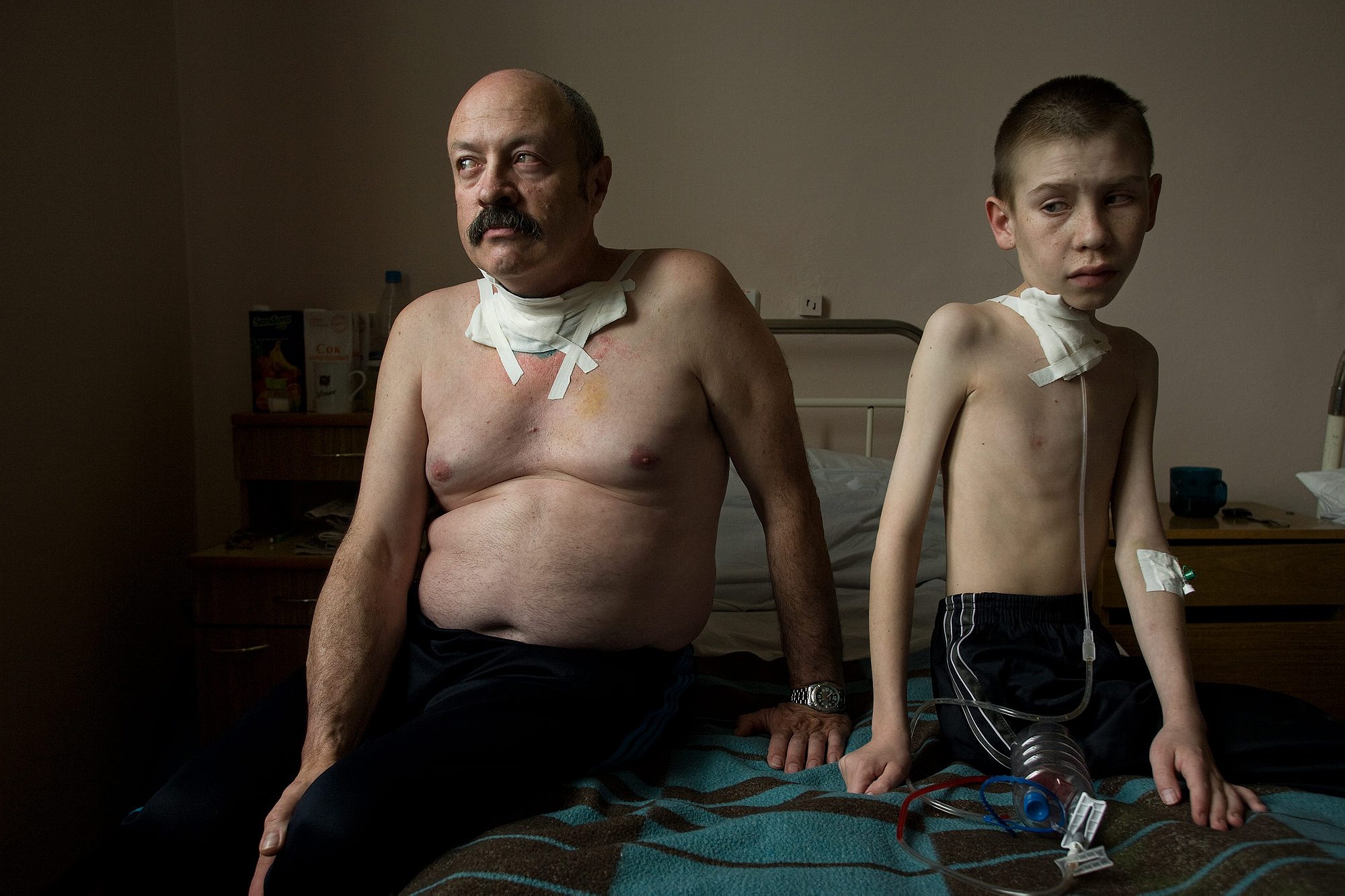
R&K: Can you talk about the other people that come to the zone? There are journalists and photographers, but also tourists…
Tourism picked up in 2011 but the Ukrainian courts stopped it. Initially though the plan was to get hundreds of thousands of people into the zone during the Soccer World Cup. But since the court decision, that’s died down. I think there is a difference between tourists and journalist going there. As a concerned photographer I am trying to contribute to stop something like this from happening again in the future. I’m certainly one of those who want to point out the dangers of the belief in infallible technology. I don’t walk around with a pin on my chest that says “Anti Nuclear Power,” I show what I think in my images and leave the final judgment to the people looking at them. With my photographs I want to touch the soul and broaden the mind.
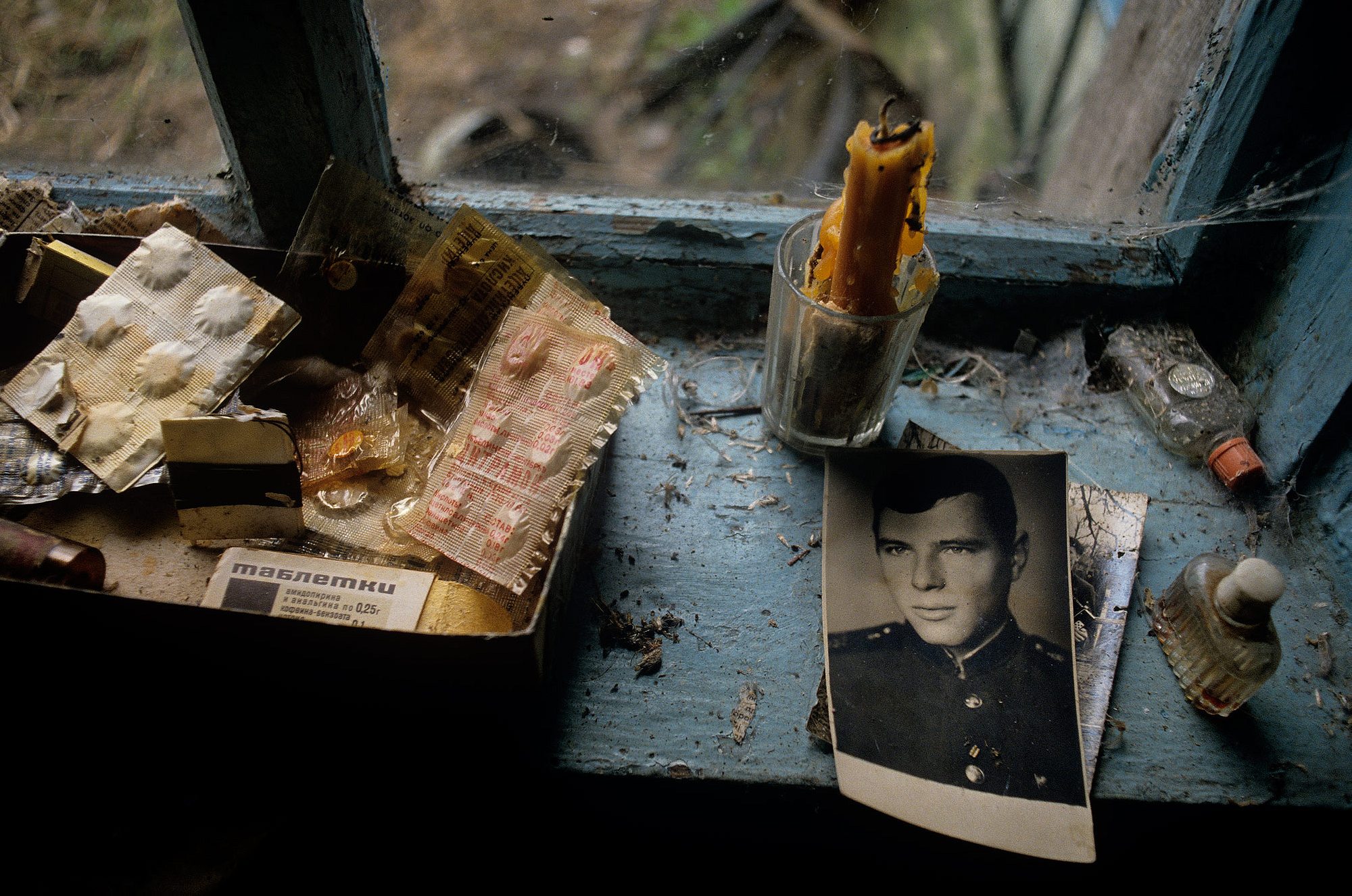
R&K: What were the personal health risks you were taking? And how did that impact your photography?
Well I don’t want to compare my own health risk with that of those working or living there day in, day out… But I learned from the very beginning that I could not trust much of the information about the zone. I had my own Geiger counters and dosimeters. In areas where my guides told me that I was safe, my equipment told me something different, and vice versa. They had based their judgement on previous measurements, but the wind had meanwhile moved the soil and thereby the radiation. I was wearing protective gear during my first visits, but the officials asked me not to wear it when not absolutely necessary because they said I was scaring other people. As a participatory photographer you walk this very fine line – you want to be safe but you need people’s trust to get access. What was of course most dangerous was my entry into the reactor. In 2005, 2011, and 2013, I was actually able to venture deeper than any Western documentary photographer. I was then with workers who would work one shift of 15 minutes per day. During my last visit, I ventured deeper inside than ever before. I was literally in a room where I was only able to jump in, fire off a few frames in complete darkness except for the narrow spotlight my headlamp. When I had to step outside to wait for my strobe to recharge, I looked at my images on the back of my camera. They were out of focus. I begged them to go in one more time to let me shoot another round of pictures. We’re talking about seconds here. They checked my dosimeter to see how much radiation I had remaining until reaching my maximum exposure for the day, and they allowed me in one more time. I was able to frame the clock in the back of the room that stopped at 1:23 and 58 seconds – the moment when time stood still forever inside reactor #4.
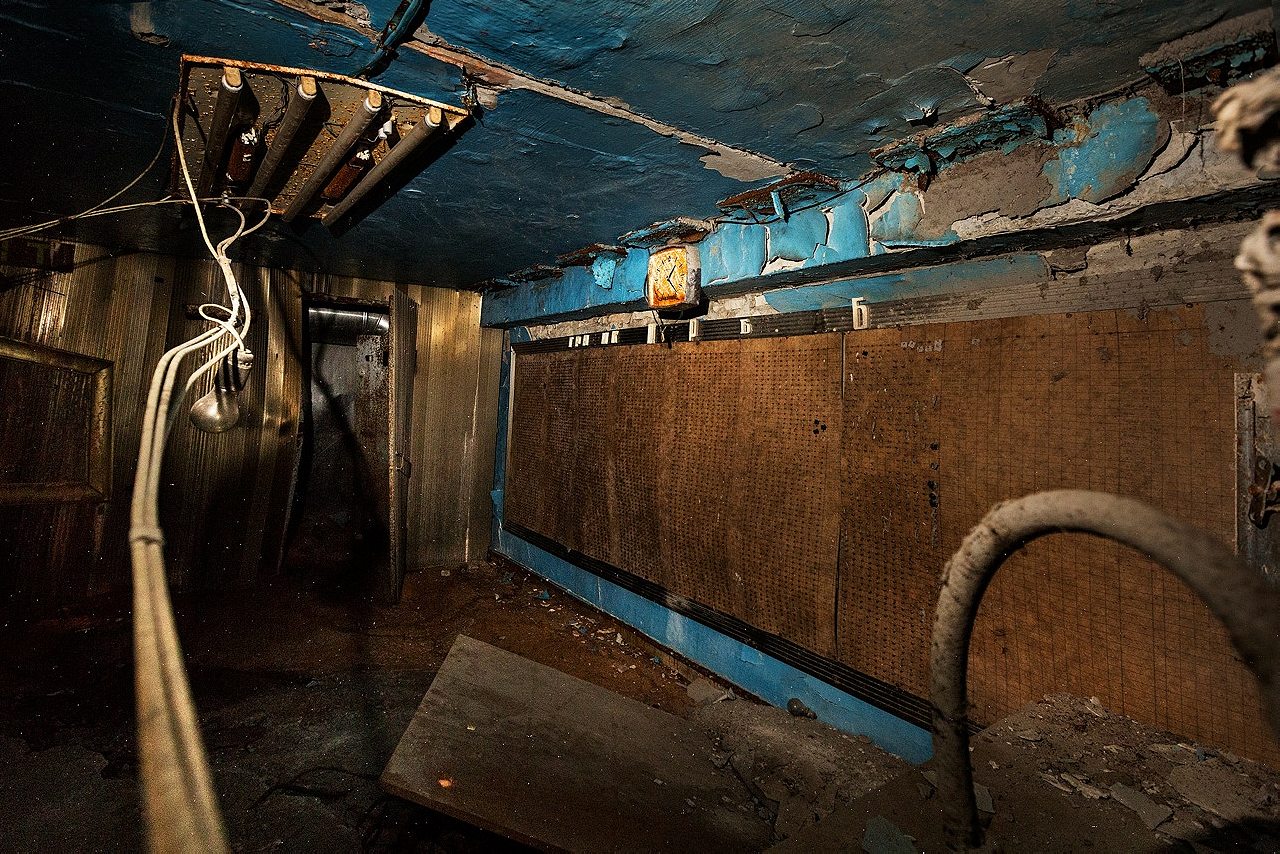
R&K: Looking at your process throughout the project, you’ve used crowdfunding as well as different organizations to get funding. Can you talk about the ways in which you can work on longterm personal projects when funds for photojournalism are so low?
The field of photography has changed so much from when I went there for the first time. Today, with magazines turning to sensationalism to make up for a dwindling readership, the resources for photographers have changed. So I have changed with the times. The disadvantages are obvious – fewer publications, less time in the field, fewer images published – but there is also a great advantage as you become your own editor. Crowdfunding is a new way to go, but I also published an iPad app, I sell prints, etc. Overall though, there are different requirements for photographers than there were a generation ago. Today, it is even more important that you extensive research on your subject, that you are a profound thinker, and that you find intelligent, innovative solutions to capture the attention span of a wide-spread audience for your long-term stories. I believe there will always be an appetite this type of issue-driven storytelling.
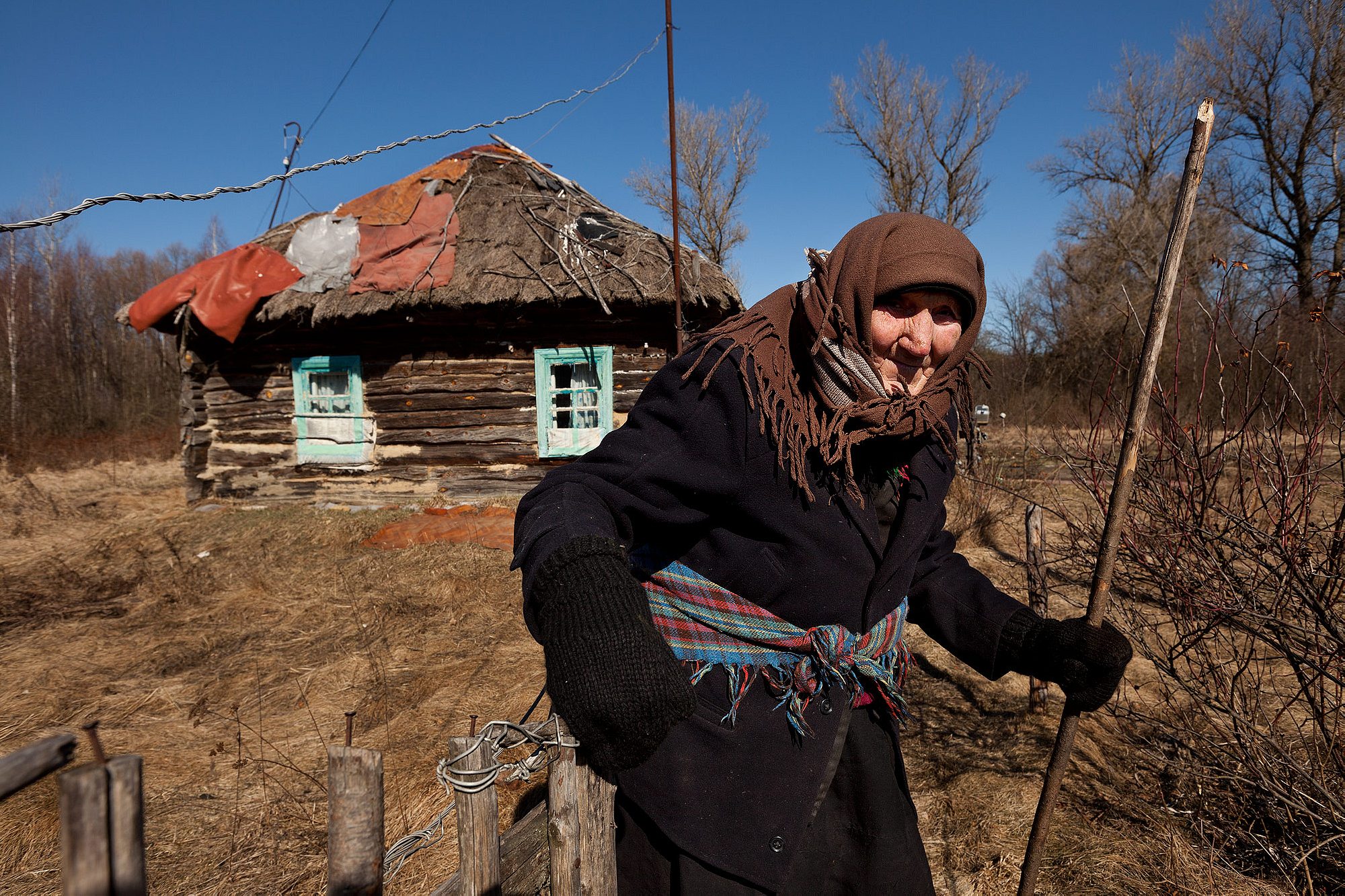
To pre-order The Long Shadow of Chernobyl photo book on Kickstarter please visit http://gerdludwig.com/kickstarter. More information about Gerd’s long-term coverage of Chernobyl can be found at http://longshadowofchernobyl.com and his entire body of work at http://www.gerdludwig.com/. His iPad App, published in 2011 can be found on the iTunes App store.